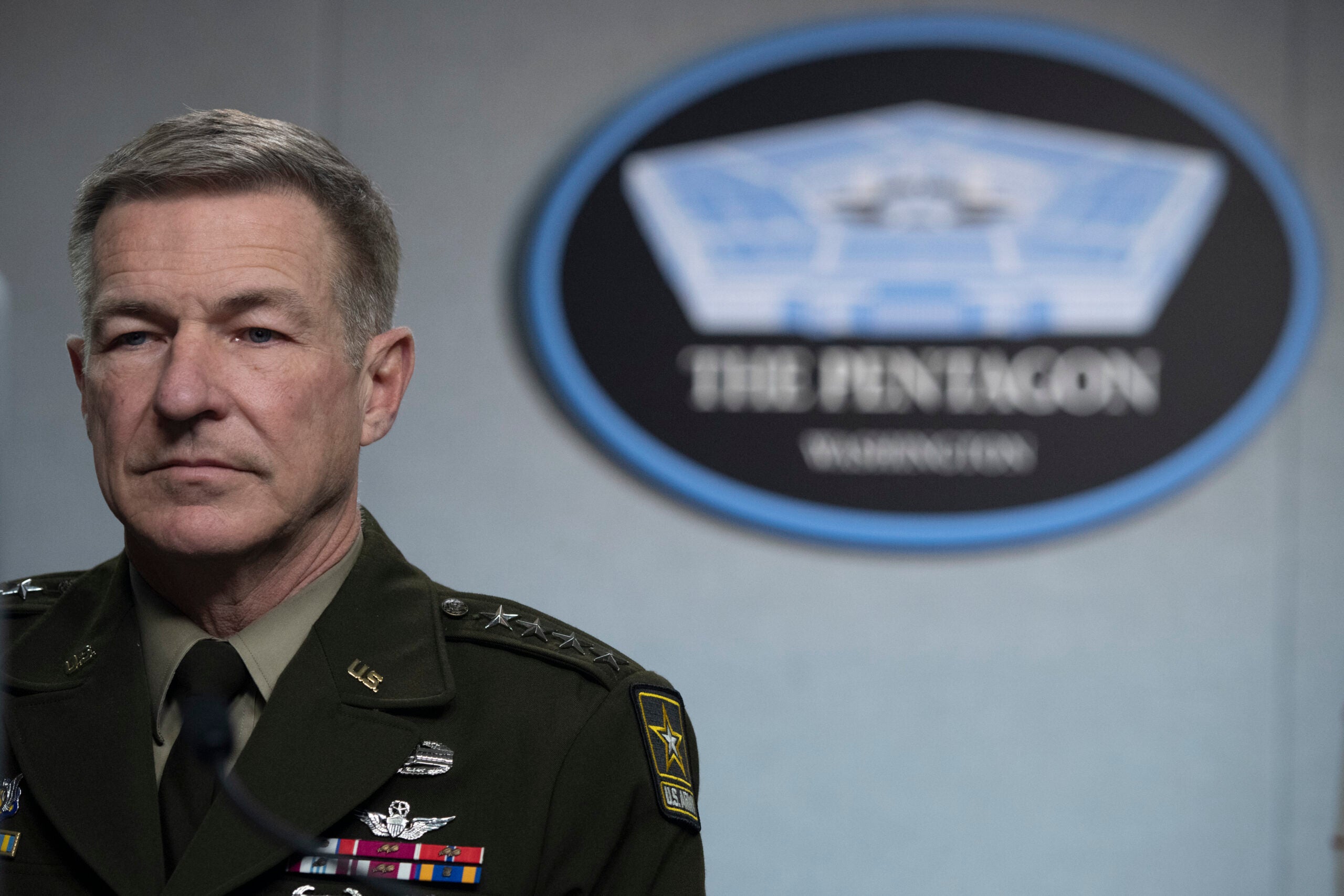Nicholas Charles Revello Plaintiff V.s Keren Laina Sangalaza Defendant
February 23, 2021
Veterans Day Message from President Trump
August 1, 2022
Navajo Code Talker Samuel Sandoval dies
August 1, 2022
Single Judge Application; flare-up; this Court’s caselaw and VA guidelines requiring VA medical examiners, in situations when direct observation is not possible, to opine on and quantify the effect ...
Single Judge Application; This Court has held that “ay testimony is competent . . . to establish the presence of observable symptomatology and ‘may provide sufficient support for a ...
Single Judge Application; Tedesco v. Wilkie; implicit bias against lay evidence; The Board’s analysis is substantially similar to the Board’s analysis in Tedesco v. Wilkie, where the Board noted ...
For the first time in nearly 100 years, members of the public will be able to lay flowers directly in front of the Tomb of the Unknown Soldier in Arlington, ...
Single Judge Application; Davidson v. Shinseki, 581 F.3d 1313, 1316 (Fed. Cir. 2009); The RO’s request distinguished between the veteran’s statements and the other evidence of record: “rivate medical ...
Single Judge Application; substantive negative evidence; Fountain v. McDonald, 27 Vet.App. 258, 272 (2015); Horn v. Shinseki, 25 Vet.App. 231, 239 (2012); to the extent that the Board’s analysis may ...
198 Veterans News - Copyright AllRights Reserved.
:quality(70)/cloudfront-us-east-1.images.arcpublishing.com/mco/T56ADX64ANDYNP5MWRKCULXRZA.jpg)



:quality(70)/cloudfront-us-east-1.images.arcpublishing.com/mco/QBYJTGYCQBHSVITAL32RAO7HAA.jpg)




:quality(70)/cloudfront-us-east-1.images.arcpublishing.com/mco/YVREBMCGTNFNTI6PSBKVQDR7CU.jpg)

